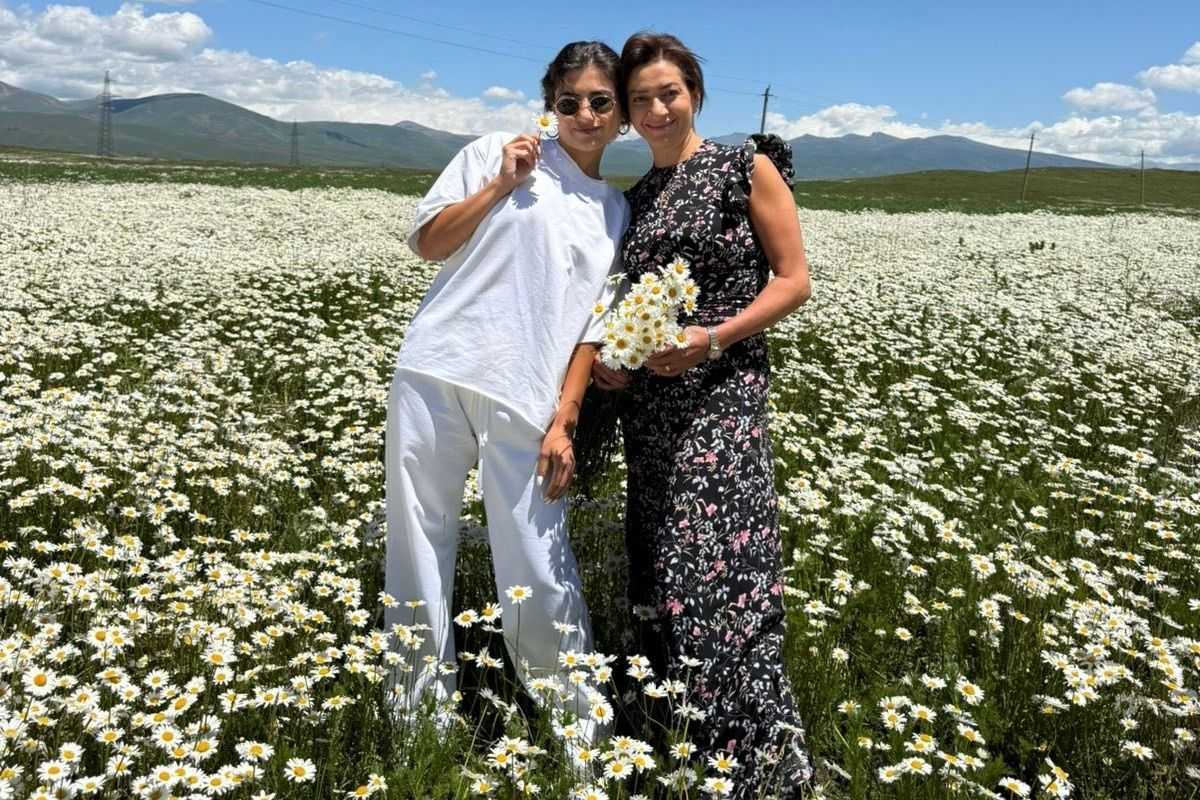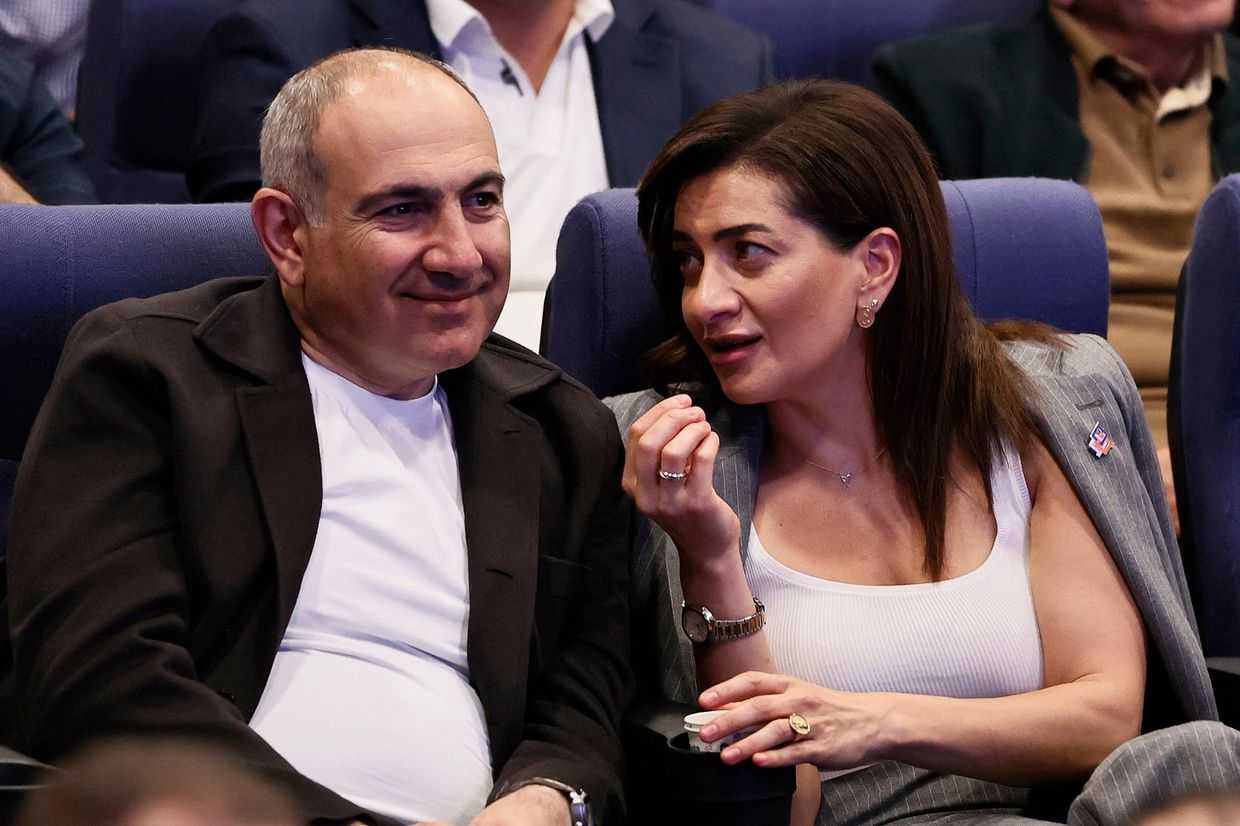
Photos of Prime Minister Nikol Pashinyan’s wife brandishing an assault rifle have caused controversy. The pictures were taken during a one-week military training course in Nagorno-Karabakh which she organised as part of her ‘Women for Peace’ initiative.
The training course which took place from 25 to 31 August and included 14 other women. The aim, according to Hakobyan’s press office, was for the participants to ‘get acquainted with military service life and acquire military skills’.
The 7-day training at a military unit stationed in Nagorno-Karabakh included a series of military classes including physical and combat training as well as first-aid.
The participants also visited the line of contact with Azerbaijani controlled territory and met the president of Nagorno-Karabakh, Arayik Harutyunyan.
‘Women for Peace’
The one-week course was a part of the Hakobyan’s Women for Peace initiative. The campaign was launched in 2018 by Hakobyan with the stated purpose of uniting women on all sides of the Nagorno-Karabakh conflict in calling on their leaders to resolve the conflict peacefully.
‘In demanding peace, the campaign’s mission is to approach conflict transformation in a peaceful, non-violent way, refraining from interfering in the current formal negotiations,’ the campaign’s official website reads.
She announced the military training for women in May 2019 at the launch event for Women for Peace. ‘I and many other women are ready to take up arms to protect our homeland and children,’ Hakobyan said. ‘But this will be not for the sake of war, but to prove that peace has no alternative.’
The military training course took place less than two months after deadly clashes broke out on the northern border between Armenia and Azerbaijan which left 16 dead, including one civilian.
When the fighting initially broke out on 12 July, Hakobyan issued a statement calling on Azerbaijani women and mothers to ‘exhort the military-political leadership of their country to stop the hostilities, not to endanger the lives of the children of the Azerbaijani and Armenian people.’
A week after the fighting ended, she called on Azerbaijani women to join the Women for Peace initiative and demand that their country ‘abandon its obsession of resolving the conflict through military means and seek a settlement around the negotiating table, in a peaceful environment.’
Anger in Azerbaijan
The photos of Hakobyan elicited anger among Azerbaijani officials and Azerbaijani embassies around the world called out what they perceived as Hakobyan’s hypocrisy.
‘Sham in action! The wife of Armenian Prime minister, Anna Hakobyan calls Azerbaijani women to join the “Women for Peace” campaign and heading right to the occupied territories of #Azerbaijan to undergo a military training’, tweeted the official Twitter account of Azerbaijan’s embassy in Croatia.
Pro-government news site Haqqin was even more vociferous in their criticism with an article published on 3 September bearing the headline ‘Pashinyan’s wife takes aim at Azerbaijani child’.
For ease of reading, we choose not to use qualifiers such as ‘de facto’, ‘unrecognised’, or ‘partially recognised’ when discussing institutions or political positions within Abkhazia, Nagorno-Karabakh, and South Ossetia. This does not imply a position on their status.









